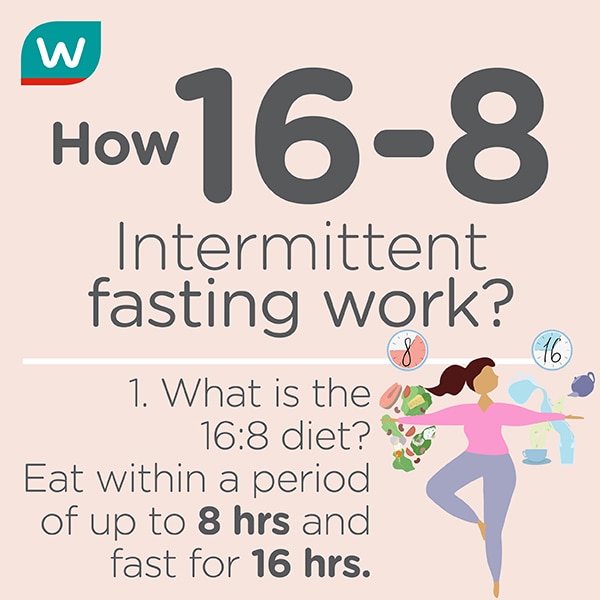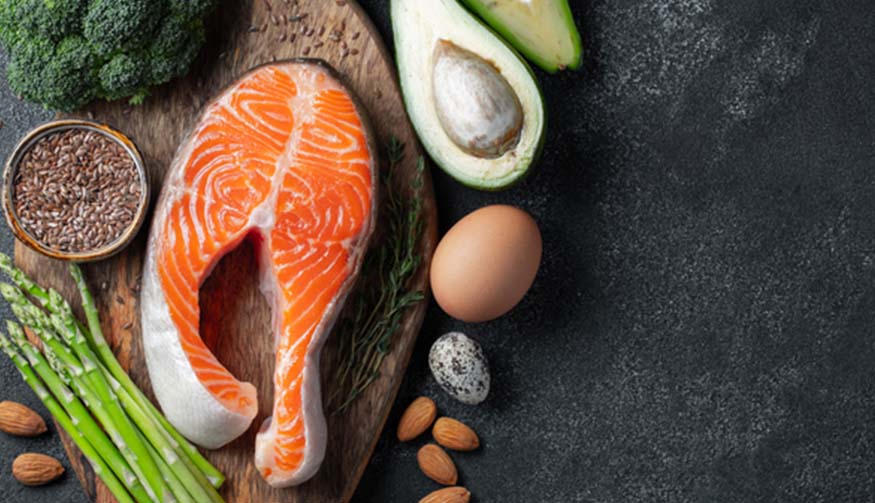Recently, Intermittent fasting has become the hottest eating pattern trend. Intermittent fasting involves cycling between periods of fasting and eating. It could offer significant health benefits like weight loss, the reversal of type 2 diabetes if you do it properly. Here is the ultimate guide to do intermittent fasting for beginners.
What is intermittent fasting?

It is not a diet. It is an eating pattern that cycles between periods of fasting and eating. You schedule your meals when you eat. But it does not change what you eat.
How does intermittent fasting work?

There are many ways to do intermittent fasting that all are based on setting up regular periods to eat and fast. It works by prolonging the fasting period when your body has burned through the calories consumed during your last meal and begins breaking down fat and burning calories.
3 Most Popular Intermittent Fasting Methods & Schedules
Don’t know where to start the fasting schedule? Here are the 3 most popular eating patterns that you can try:
- The 16/8 method: 16-hour fast and then 8-hour eating. You can start your first meal at 12 pm and finish your last meal at 7 pm.
- Eat-Stop-Eat: 24-hour fast once or twice 1 week. You can start fasting from breakfast to breakfast or lunch to lunch.
- The 5:2 diet: Restrict calorie intake to 500(for women) or 600 (for men) 2 days of the week and resume normal calorie intake for the rest of 5 days. Most people choose to fast on Monday and Thursday.
Intermittent Fasting Tips & Tricks
Following the eating methods to restrict the eating amount of time and calories can be challenging. Here are some tips and tricks to help you stick to the eating schedule and stave off hunger when you are fasting.
- Start from the 12-hour fast then slowly transition to a 16-hour fast
- Gradually push your breakfast to 12 or 1 o’clock
- Drink coffee or lots of water helps to control appetite
- Try to eat more protein, and healthy fat can help you stay full longer
- Sleep 7-8 hours
- Moderate-intensity activity 30 minutes a day help to increase metabolism
- Don’t eat too much or too less, use TDEE Calculator to keep track of how many calories you need a day

The Best Foods to Break Your Fast
Protein
Protein helps to reduce muscle loss and keeps you stay away from hunger for a long time.
- Egg: provide protein, vitamins and minerals
- Dairy foods: easier to digest and keep you feeling satiated between the meals
- Nuts, a low-carb source of protein with healthy fats
Fibre
Fibre contains a variety source of vitamins, minerals and electrolytes. It can improve digestive tract health and prevent constipation.
- Non-starchy vegetables: keep you full without lots of calories
- Beans and legumes: plant-based proteins suitable for vegetarians
- Whole rolled oats: high in carbohydrates and can reduce cholesterol

Five stages of intermittent fasting
Intermittent fasting can be divided into 5 stages.
Stage 1 – Ketosis and heavy ketosis: You have entered the metabolic state called “ketosis” by 12 hours that your body starts to break down and burn fat. And, you have turned on the fat-burning mode called “heavy ketosis” by 18 hours.
Stage 2 – Autophagy: Your body cells are recycling old components and breaking down misfolded proteins within 24 hours, which is called “autophagy”.
Stage 3 – Growth hormone: Your growth hormone level is up to five times when you started the fasting by 48 hours without calories or with very few calories.
Stage 4 – Insulin reduction: Your insulin has decreased to the lowest level point and you are becoming insulin-sensitive by 54 hours.
Stage 5 – Immune cell rejuvenation: Your body is breaking down old immune cells and generating new ones by 72 hours.
Benefits of intermittent fasting

Intermittent fasting could help you lose weight and belly fat without restricting the intake of calories. It could also lower blood sugar, reduce insulin resistance, decrease bad LDL cholesterol that protects against type 2 diabetes, and prevent heart disease. Some research results indicated that it could reduce inflammation and prevent chronic diseases.
Side effects of intermittent fasting

Intermittent fasting is not risk-free. People who have existing medical conditions should seek medical consultation with doctors before getting into intermittent fasting. The common side effect of it is hunger and feeling tired. You might overeat and get dehydrated during eating or fasting cycles.
DISCLAIMER: Intermittent fasting might have potential side effects on certain people especially those who have medical conditions. Please seek medical consultation with doctors before starting.












